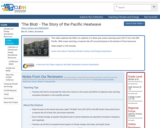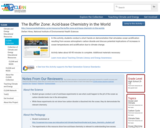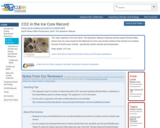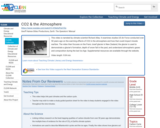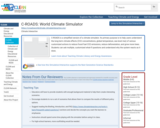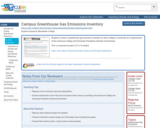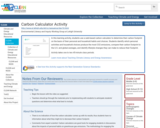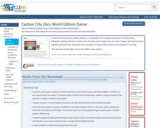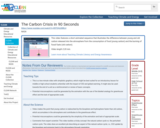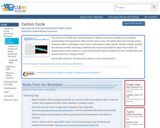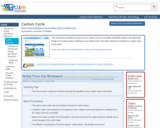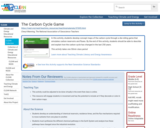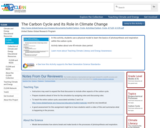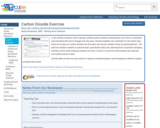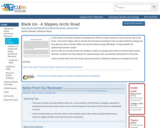
In this series of activities students investigate the effects of black carbon on snow and ice melt in the Arctic. The lesson begins with an activity that introduces students to the concept of thermal energy and how light and dark surfaces reflect and absorb radiant energy differently. To help quantify the relationship between carbon and ice melt, the wet lab activity has students create ice samples both with and without black carbon and then compare how they respond to radiant energy while considering implications for the Arctic.
- Subject:
- Applied Science
- Career and Technical Education
- Environmental Science
- Environmental Studies
- Physical Science
- Material Type:
- Activity/Lab
- Provider:
- CLEAN: Climate Literacy and Energy Awareness Network
- Provider Set:
- CLEAN: Climate Literacy and Energy Awareness Network
- Author:
- DeeDee Whitaker
- Katherine Whang
- Date Added:
- 09/24/2018
